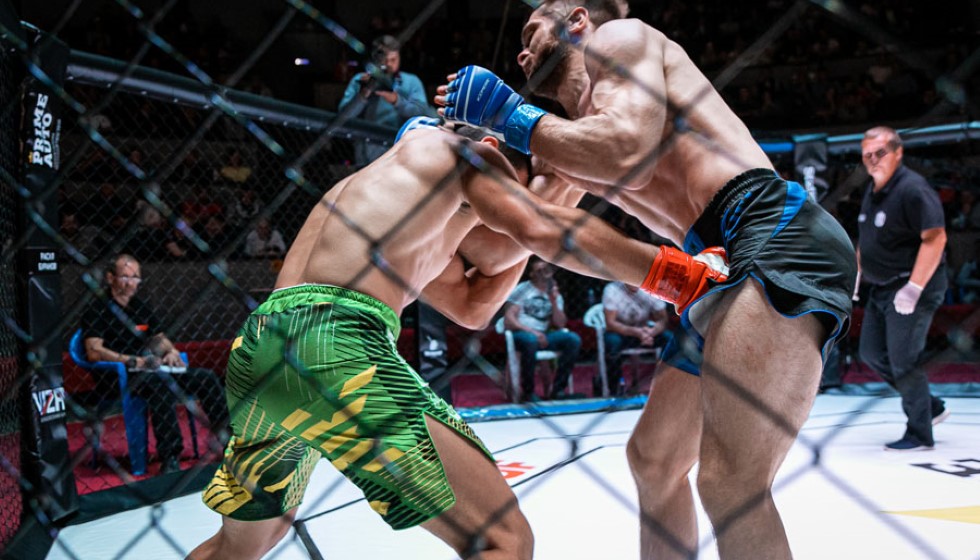
Controversial Figures in Sports: The Sean Strickland Dilemma
In the competitive realm of Mixed Martial Arts (MMA), the Ultimate Fighting Championship (UFC) has been home to the world's most elite fighters. Among these athletes, Sean Strickland stands out not just for his skills inside the octagon but also for his propensity to make provocative, and at times, offensive remarks. This behavior has sharply divided opinions among fans, fighters, and promoters alike, presenting a complex challenge for the UFC and its president, Dana White.
UFC's Free Speech Policy
Dana White, known for his defend-the-turf attitude towards the UFC's autonomy, has often positioned himself as a staunch defender of free speech for fighters. The organization maintains a policy of not censoring its athletes, allowing them a generous degree of freedom to express their perspectives outside the ring. This stance is based on the belief that fighters, as individuals, should have the liberty to voice their beliefs.
"I don't give anyone a leash," White declared at a UFC 297 press conference in January, stressing the importance of free speech. "Free speech, brother. People can say whatever they want and believe whatever they want."
The Balance Between Image and Expression
Despite its commitment to free expression, the UFC is acutely aware of the impact that the personal views and comments of its fighters can have on the organization's image and its relationships with sponsors. The case of Sean Strickland exemplifies the delicate balance the UFC must strike between upholding the value of free speech and managing the potential repercussions on its public perception and corporate partnerships. Strickland himself has acknowledged the challenges the UFC faces in managing its image amidst controversial statements made by its fighters.
Strickland's tenure as a middleweight champion, although lasting only four months, was marked by controversy. Following his loss at UFC 297, he was not given an immediate rematch, an outcome that reignited discussions about how the organization manages its more controversial figures. The announcement that Strickland is to face Paulo Costa at UFC 302 adds another layer of anticipation, not just for the matchup itself but also for how it reflects the UFC's approach to handling athletes who consistently test the boundaries of acceptable behavior and speech.
Scrutiny of UFC's Management Practices
The UFC's management of fighters like Strickland, who often attract attention for reasons beyond their athletic performance, has come under scrutiny. Dana White, in particular, faces the challenging task of balancing personal expression with organizational interests. The promotion values the principle of free speech highly but must also contend with the interests of sponsors and the potential impact on its worldwide audience's sensibilities.
The UFC's stance is transparent in its policy and leadership's comments, yet it also underscores a broader debate within sports and entertainment on the limits of free expression and the responsibilities of athletes as public figures. Strickland's case is not unique in the world of sports, but it highlights the complexities involved in governing a global sporting organization that prides itself on individuality and freedom.
Conclusion
The issues surrounding Sean Strickland and the UFC's policies toward free speech encapsulate a fascinating aspect of professional sports. While the promotion navigates the delicate line between allowing athletes their freedom and preserving its corporate image, it continues to evolve in its handling of such challenges. As Strickland prepares to return to the octagon at UFC 302, the spotlight will not only be on his performance but also on the continuing debate over free expression, its limits, and its consequences in the competitive sphere of mixed martial arts.
Through fighters like Strickland, the UFC confronts questions that are as much philosophical as they are practical, about the nature of speech, the expectations of professional athletes, and the role of sports organizations in shaping public discourse. As these debates unfold, they reveal the intricate balancing act that sports leagues and promotions must perform in today's media-driven and increasingly polarized world.